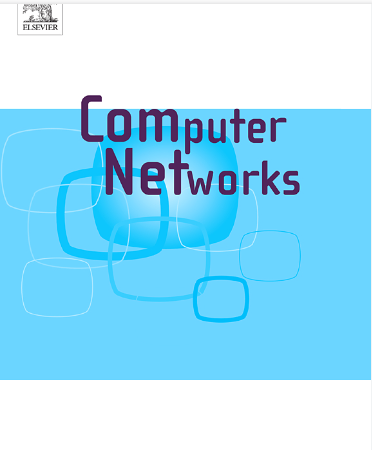SDLoRe: A loss recovery algorithm based on segment detection in lossy RDMA networks
IF 4.4
2区 计算机科学
Q1 COMPUTER SCIENCE, HARDWARE & ARCHITECTURE
引用次数: 0
Abstract
Remote Direct Memory Access (RDMA) has emerged as the leading solution for constructing top-performing networks in data centers due to the exceptional traits of low latency, high throughput, and low CPU load. RDMA over Converged Ethernet version 2 (RoCEv2) is the most widely deployed hardware implementation. RoCEv2 enables Priority-based Flow Control (PFC) to ensure lossless network transmission. However, packet loss remains a common issue in data centers nowadays. Go-Back-N is a classic method for loss recovery. But it cannot guarantee the network’s transmission efficiency due to redundant retransmission. Although there are many improved algorithms, their improvements mainly focus on the receiver, and other devices in the network are used to cooperate with it passively. Thus, we propose a loss recovery algorithm based on segment detection named SDLoRe, achieving active and rapid packet loss detection and retransmission recovery. SDLoRe consists of three components: packet tracing at the sender, packet loss detection and notification at the switch, and PSN checking at the receiver. We evaluated SDLoRe’s performance in multiple scenarios through simulation. The results show that SDLoRe can complete the sending task faster than under different congestion control algorithms (DCQCN, HPCC) compared to Go-Back-N and reduce the FCT slowdown by 46.9% and 58.4% respectively at different packet loss rates (0.001, 0.01). We also analyzed the time taken for packet loss detection using normal distribution. The comparison results reveal an average reduction of 47.5%–98.2% with DCQCN and 34.3%–64.6% with HPCC. The statistical results indicate that SDLoRe’s is always smaller than GBN’s, and is also smaller in most cases under the same conditions.
求助全文
约1分钟内获得全文
求助全文
来源期刊

Computer Networks
工程技术-电信学
CiteScore
10.80
自引率
3.60%
发文量
434
审稿时长
8.6 months
期刊介绍:
Computer Networks is an international, archival journal providing a publication vehicle for complete coverage of all topics of interest to those involved in the computer communications networking area. The audience includes researchers, managers and operators of networks as well as designers and implementors. The Editorial Board will consider any material for publication that is of interest to those groups.
 求助内容:
求助内容: 应助结果提醒方式:
应助结果提醒方式:


